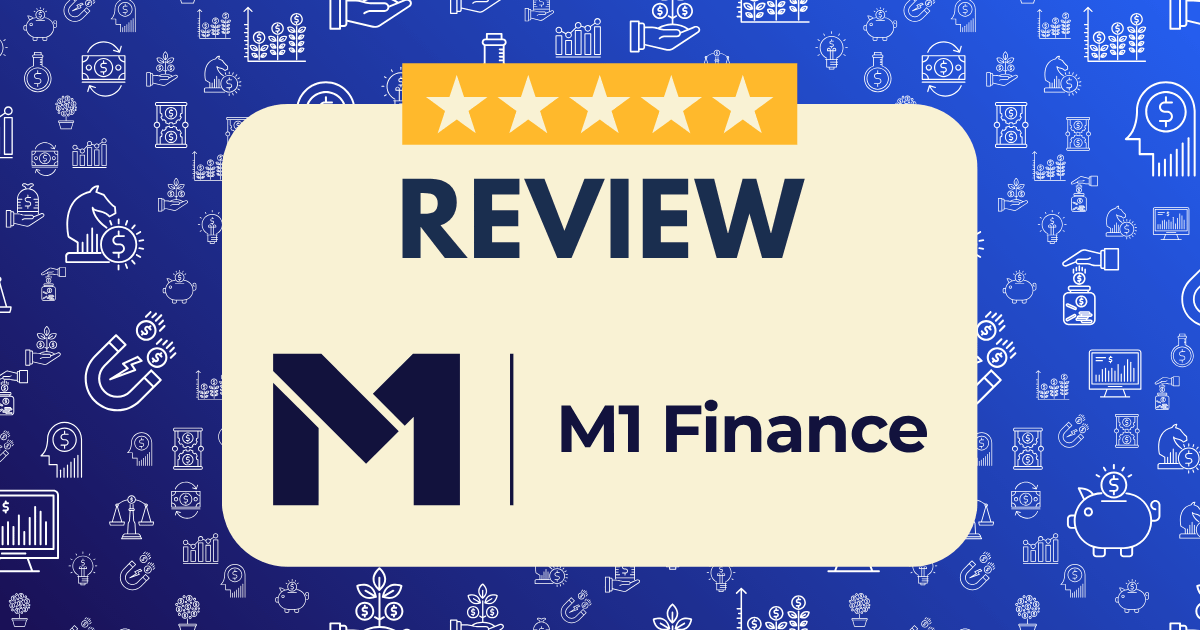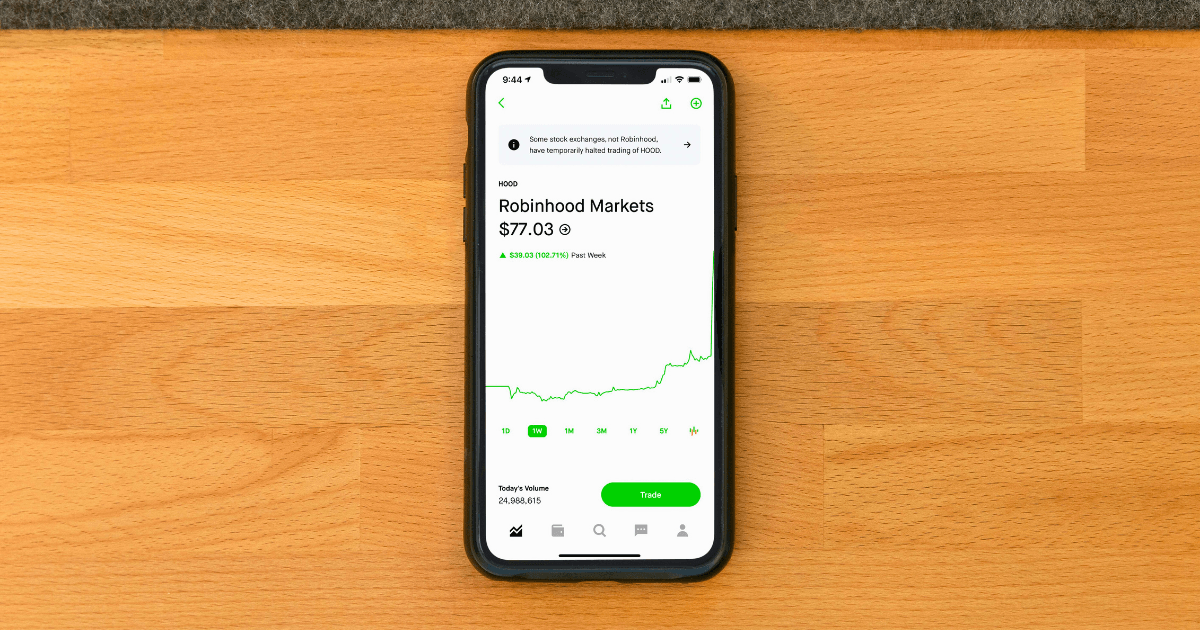Self-Employed Retirement Planning: Options When You Don’t Have an Employer 401(k)

The entrepreneurial path offers unparalleled freedom, autonomy, and income potential. Yet amid the exhilaration of building your own business, there’s a critical element many self-employed individuals neglect: retirement planning. Without the structure of an employer-sponsored 401(k), many entrepreneurs find themselves years behind in wealth accumulation compared to their traditionally employed peers.
This oversight isn’t just a financial issue—it’s a psychological one. According to research from Wharton, behavioral factors significantly influence retirement wealth creation, with many entrepreneurs focusing on immediate business needs while underestimating their longevity and future financial requirements.
The good news? Self-employed individuals actually have access to retirement plans with potentially higher contribution limits and more flexibility than traditional employer-sponsored options. This article will guide you through the most powerful retirement vehicles available to entrepreneurs, helping you build a wealth strategy that supports both your business growth and long-term financial freedom.
The Psychology of Self-Employed Retirement Planning
Before diving into specific retirement vehicles, it’s essential to understand the psychological barriers that often prevent entrepreneurs from prioritizing retirement planning.
The Entrepreneurial Mindset Challenge
Self-employed individuals face unique psychological challenges when it comes to retirement planning:
- Business Reinvestment Bias: The tendency to continuously reinvest profits back into the business rather than diversifying into retirement accounts.
- Optimism Bias: Entrepreneurs often overestimate future business success while underestimating retirement needs.
- Irregular Income Syndrome: Fluctuating income streams make consistent retirement contributions feel difficult or impossible.
- Present Focus: The immediate demands of running a business frequently overshadow long-term planning.
Financial psychologist Brad Klontz identifies four money mindsets that affect financial behavior: money avoidance, money worship, money status, and money vigilance. According to Place.com, successful retirement planners typically cultivate money vigilance—a mindset characterized by being financially conscious, frugal when appropriate, and focused on long-term security.
Shifting from Scarcity to Abundance Thinking
Many entrepreneurs operate from a scarcity mindset when it comes to retirement planning, believing they must choose between business growth and personal financial security. Raymond James research suggests that shifting to abundance thinking—viewing money as a tool rather than a goal—allows entrepreneurs to make strategic decisions that support both business growth and retirement wealth accumulation.
This mindset shift transforms retirement planning from a burden that takes away from your business to an integral part of your overall wealth strategy.
Self-Employed Retirement Plan Options: A Comprehensive Overview
Now that we’ve addressed the psychological framework, let’s explore the retirement vehicles designed specifically for self-employed individuals.
Solo 401(k): The Powerhouse Option
Also known as an Individual 401(k) or One-Participant 401(k), this option offers the highest potential contribution limits for most self-employed individuals.
Key Features:
- Dual Contribution Capacity: You contribute as both employer and employee
- 2025 Contribution Limits:
- Employee contribution: $23,500 ($31,000 if age 50+)
- Employer contribution: Up to 25% of compensation
- Total maximum: $70,000 ($77,500 if age 50+)
- Special catch-up for ages 60-63: Additional $3,750 (total $81,250)
- Roth Option: Many Solo 401(k) plans offer Roth contributions
- Loan Provisions: Option to borrow against your balance
- Deadline: Plan must be established by December 31, but contributions can be made until tax filing deadline
Ideal For:
- High-earning self-employed individuals with no employees (except a spouse)
- Those seeking maximum contribution limits
- Entrepreneurs wanting both traditional and Roth options
According to Fidelity, a consultant under 50 with an income of $100,000 can contribute a total of $42,087 to their solo 401(k) in 2025—far exceeding what would be possible with an IRA alone.
SEP IRA: Simplicity Meets High Contribution Limits
A Simplified Employee Pension (SEP) IRA offers high contribution limits with minimal paperwork and administration.
Key Features:
- 2025 Contribution Limits:
- Up to 25% of compensation or $70,000, whichever is less
- For self-employed individuals, the effective limit is approximately 20% of net income after self-employment tax deduction
- Flexibility: Contributions can vary year to year or even be skipped
- Simplicity: Easy to establish and maintain with minimal paperwork
- Deadline: Can be established and funded until tax filing deadline (including extensions)
Ideal For:
- Self-employed individuals seeking simplicity
- Those with highly variable income who need contribution flexibility
- Entrepreneurs who may add employees in the future (though equal contributions would be required)
The IRS notes that SEP IRAs are particularly advantageous for their simplicity and flexibility, making them popular among sole proprietors and small business owners.
SIMPLE IRA: The Middle-Ground Option
The Savings Incentive Match Plan for Employees (SIMPLE) IRA offers a middle ground between traditional IRAs and more complex retirement plans.
Key Features:
- 2025 Contribution Limits:
- Employee contribution: $16,500 ($20,000 if age 50+)
- Employer contribution: Either 2% fixed or 3% matching
- Lower Administration: Less paperwork than a Solo 401(k)
- Employee Option: Works well if you have a small number of employees
- Deadline: Must be established by October 1 for the current tax year
Ideal For:
- Self-employed individuals with a few employees
- Those seeking higher contribution limits than traditional IRAs but with less complexity than Solo 401(k)s
- Entrepreneurs with moderate income levels
Vanguard reports that a SIMPLE IRA allows employee salary deferral contributions of up to $17,600 ($21,450 if age 50 or older) for 2025, plus employer matching contributions of up to 3% of compensation.
Traditional and Roth IRAs: The Foundation
While offering lower contribution limits, IRAs provide an accessible foundation for retirement savings.
Key Features:
- 2025 Contribution Limits:
- $7,000 ($8,000 if age 50+)
- Income Limits: Roth IRA contributions phase out at higher income levels
- Tax Treatment:
- Traditional: Tax-deductible contributions (subject to income limits if you or your spouse has an employer plan), tax-deferred growth
- Roth: After-tax contributions, tax-free growth and qualified withdrawals
- Flexibility: Wide range of investment options
- Deadline: Contributions can be made until tax filing deadline
Ideal For:
- Supplementing other retirement plans
- Those just starting their self-employment journey
- Entrepreneurs seeking tax diversification through Roth options
According to NerdWallet, even with their lower contribution limits, IRAs remain a valuable component of a comprehensive retirement strategy, particularly for tax diversification.
Defined Benefit Plan: Maximum Tax-Deferred Savings
For high-income self-employed professionals seeking to maximize retirement contributions, a defined benefit plan offers unparalleled potential.
Key Features:
- 2025 Contribution Limits:
- Based on actuarial calculations
- Can potentially exceed $300,000 annually depending on age and income
- Tax Benefits: Substantial tax deductions for contributions
- Guaranteed Benefit: Provides a specific retirement benefit based on a formula
- Complexity: Requires actuarial calculations and more administration
Ideal For:
- High-income self-employed individuals (typically earning $300,000+)
- Older entrepreneurs with fewer years until retirement
- Those seeking maximum tax-deductible retirement contributions
While more complex and costly to administer, defined benefit plans allow older, high-income entrepreneurs to accelerate retirement savings dramatically.
Building Your Optimal Self-Employed Retirement Strategy
With these options in mind, let’s create a strategic framework for implementing your retirement plan.
Step 1: Assess Your Business Structure and Income Stability
Your business structure and income patterns will influence your optimal retirement strategy:
- Sole Proprietors: SEP IRA or Solo 401(k) typically work best
- Partnerships: Consider individual plans like Solo 401(k)s for each partner
- S-Corporations: Can utilize Solo 401(k)s with potential tax advantages on contributions
- Variable Income: SEP IRAs offer flexibility for inconsistent earnings
- Stable Income: Solo 401(k)s maximize contributions with predictable earnings
Step 2: Implement a Tiered Approach
Rather than choosing a single retirement vehicle, consider a tiered approach based on funding priority:
Tier 1: Emergency Fund (Pre-Retirement Foundation)
- 3-6 months of business and personal expenses in high-yield savings
Tier 2: Tax-Advantaged Retirement Accounts
- Solo 401(k) or SEP IRA: Maximize contributions based on business structure
- Roth IRA: For tax diversification (if income eligible)
- HSA: If you have a qualifying high-deductible health plan (triple tax advantage)
Tier 3: Additional Wealth Building
- Taxable brokerage accounts
- Real estate investments
- Business equity (as part of your retirement exit strategy)
Step 3: Automate Your Contributions
Behavioral finance research shows that automation dramatically increases saving success. According to Capable Wealth, establishing automatic contributions creates a psychological commitment that overcomes the tendency to prioritize immediate business needs over long-term financial security.
For self-employed individuals with variable income:
- Set a baseline monthly contribution during lean periods
- Establish contribution escalators during high-income months
- Create a year-end sweep strategy to maximize contributions after assessing annual profits
Step 4: Develop a Tax-Efficient Investment Strategy
Once your retirement accounts are established, implement an investment strategy that maximizes after-tax returns:
- Tax-Deferred Accounts (Traditional Solo 401(k), SEP IRA):
- Hold tax-inefficient investments like bonds and REITs
- Focus on growth investments with high turnover
- Tax-Free Accounts (Roth Solo 401(k), Roth IRA):
- Hold investments with the highest growth potential
- Focus on assets with qualified dividends and long-term appreciation
- Taxable Accounts:
- Hold tax-efficient investments like index ETFs and municipal bonds
- Implement tax-loss harvesting strategies
Step 5: Integrate Business Succession and Exit Planning
For many self-employed individuals, the business itself represents a significant retirement asset. Integrate your business exit strategy with your retirement planning:
- Business Valuation: Regularly assess your business’s value as part of your net worth calculation
- Succession Planning: Develop a strategy for transitioning or selling your business
- Exit Timeline: Align your business exit with your retirement timeline
- Diversification Strategy: Gradually diversify business profits into retirement accounts to reduce concentration risk
Common Pitfalls and How to Avoid Them
Self-employed retirement planning comes with unique challenges. Here’s how to navigate the most common pitfalls:
Pitfall #1: Inconsistent Contributions
Solution: Create a “Retirement Profit First” system where retirement contributions are treated as a non-negotiable business expense. Set aside a percentage of every payment received before allocating funds to other business needs.
Pitfall #2: Underestimating Retirement Needs
Solution: Work with a financial advisor to develop realistic projections of retirement needs, accounting for inflation, healthcare costs, and longevity. Research from Kiplinger suggests that many self-employed individuals focus exclusively on financial aspects while neglecting lifestyle planning, leading to inadequate preparation.
Pitfall #3: Missing Tax Planning Opportunities
Solution: Coordinate with a tax professional who specializes in self-employed clients to optimize the timing and structure of retirement contributions for maximum tax efficiency.
Pitfall #4: Neglecting Spouse’s Retirement Options
Solution: Coordinate retirement strategies with your spouse, potentially utilizing their employer-sponsored plans alongside your self-employed options for maximum household retirement savings.
Pitfall #5: Failing to Adjust as Business Grows
Solution: Schedule annual retirement strategy reviews to reassess whether your current retirement vehicles still align with your evolving business structure and income level.
Beyond the Numbers: Creating Retirement Lifestyle Alignment
As Kiplinger notes, financial security may not be the biggest challenge retirees face; emotional, psychological, and social factors are increasingly significant. Many self-employed individuals prepare financially but don’t consider their identity or purpose after stepping away from their business.
Lifestyle Planning Considerations:
- Identity Transition: How will you define yourself when no longer running your business?
- Purpose and Meaning: What activities will provide fulfillment and purpose in retirement?
- Social Connection: How will you maintain social connections without your business network?
- Time Structure: How will you create meaningful structure in your days?
Research shows that older adults with a clear sense of purpose tend to live significantly longer, with social isolation increasing mortality risk by up to 30%—greater than the risk posed by obesity or smoking.
Conclusion: Taking Action on Your Self-Employed Retirement Plan
The self-employed journey offers tremendous freedom and potential, but that freedom extends to retirement planning as well. Without an employer nudging you toward retirement savings, the responsibility—and opportunity—falls entirely on your shoulders.
By understanding the psychological barriers to retirement planning, leveraging the powerful retirement vehicles available specifically for self-employed individuals, and implementing a strategic approach to contributions and investments, you can build a retirement plan that supports both your business growth and long-term financial freedom.
The key is to start now, regardless of where your business stands. Even small, consistent contributions to the right retirement vehicles can grow significantly over time through the power of compound growth.
Remember that retirement planning isn’t just about accumulating wealth—it’s about creating the freedom to choose how you spend your time and energy in the future. As an entrepreneur who values autonomy and control, there’s perhaps no more important financial goal than securing that freedom for your future self.
What retirement planning strategies have worked for you as a self-employed individual? Share your experiences or questions in the comments below.







